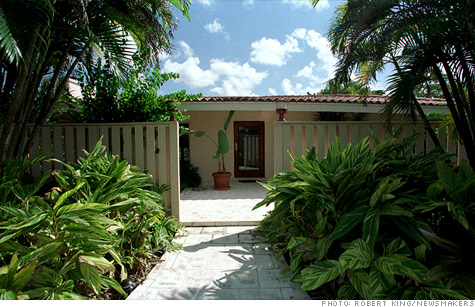A luxury pad in one of the world's most exclusive neighborhoods might be seen as an indulgence for only the super rich. But international real estate developer Nick Candy toldCNBC that for the shrewd investor with access to capital, it can often be a long-term commitment worth making.
By Paul Sakuma, AP
Luxury real estate can actually be a sound investment, an international developer tells CNBC.
Candy is one half of property duo Candy & Candy, whose most high-profile build was One Hyde Park — an apartment block in London's Knightsbridge area and one of the most expensive addresses in the world.
Sitting just yards from Harrods department store, the luxury boutiques of Sloane Street and a short walk away from Buckingham Palace, prices here range from a relatively modest $5 million to an astonishing $215 million for a three-story penthouse. But with 24-hour room service from the 5-star Mandarin Oriental Hotelnext door, wine cellars, bomb-proof glass and even panic rooms, is such an apartment a lavish folly or a wise investment?
PHOTOS: Urban mansions
PHOTOS: Best 'bang for your buck' cities
PHOTOS: Least expensive cities to live
"People are buying for the long term," said Candy. "The (properties) will get passed down the generations. Something like this won't get built again for a long time."
And while a home worth $3,000-a-square-foot or more sounds like a big gamble, he is sure that long-term investments like these ride out the ups and downs of economic cycles. "I 100% believe that if you invest in the very best — not just in real estate, but in the rarefied world of commodities — then I believe that you will do very, very well."








